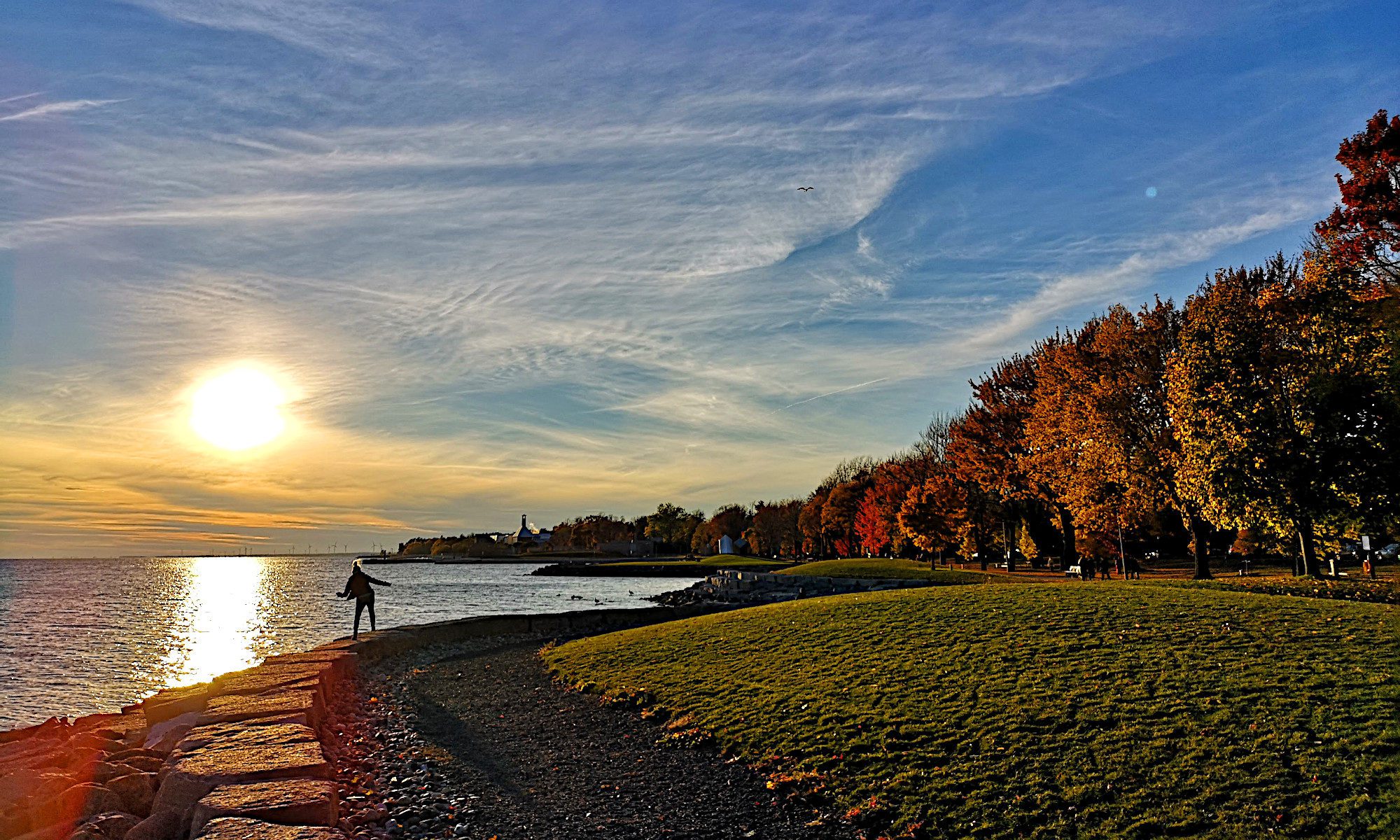
From Allison Meier at JSTOR Daily: “In the fall of 1886, New Yorkers were transported to the Battle of Gettysburg. That is to say, they flocked to a circular structure in downtown Brooklyn. The inside walls of the curious room were covered with a 360-degree painting, on which soldiers charged and cannons fired. As Scientific American described at the time, the floorboards were covered with sod and “real trees, evergreens and others, with shrubbery, portions of fences, and the like are set about, and tufts of grass, wheat, and similar things, lend their aid to fill up the scene.” Skylights illuminated the canvas and props while leaving the spectator area dark, and mannequins were posed alongside the painted scene. So convincing were these dummies that the police got called one evening to stop a robbery and apprehended two fake soldiers.”
What medieval manuscripts reveal about the hidden history of whales

From Nina Goldman for the Smithsonian magazine: “The creature was enormous. Sailors said it “looked more like an island than a fish.” When feeding, according to a 13th-century Old Norse manuscript, the beast, known as the hafgufa, would rest with its mouth open wide, luring in unsuspecting fish, then snap its jaws shut to capture them. Hair-raising accounts of a similar sea monster were recorded by Alexandrian scribes as early as the second century A.D.; these accounts spread through Europe and Asia in Arabic, Coptic, Latin and Old English translations. Now researchers argue the mighty hafgufa, and similar sea monsters described by the ancients, were not mythical creatures but rather whales engaged in a behavior that was only recently documented: “trap feeding.”
Note: This is a version of my personal newsletter, which I send out via Ghost, the open-source publishing platform. You can see other issues and sign up here.
The record-setting Olympic competitor whose name is lost to history

From Dan Lewis: “If you go back to 1900, the duo rowing event in the Olympics was what is called a ‘coxed pair’ — two rowers and a coxswain giving instructions. If you go to the Olympics’ official website and check to see who won that gold in that race, you’ll find something curious. The winning trio is listed as a ‘mixed team,’ signifying that all three competitors aren’t from the same nation. But all three men listed were born in and represented the Netherlands. What happened? The Dutch team realized that the French team had been employing young boys as coxswains, giving them an advantage, so they recruited a local French boy to be their coxswain and won gold. But the young boy didn’t receive a medal, nor was his identity ever recorded in the Olympic records.”
In the 1960s, the CIA ran a secret brothel in San Francisco where they gave people LSD

From Lester Black for SF Gate: “For eight years, between 1955 and 1963, federal agents ran a hidden brothel in one of San Francisco’s poshest neighborhoods and tested LSD on unsuspecting Bay Area residents. The apartment building is still there, although it has been converted from a CIA brothel into a four-story mansion worth over $10 million. At the center of this wildly unethical program was George Hunter White, a former San Francisco journalist-turned-cop who became one of the biggest crusaders of America’s early war on drugs. In public, he railed against drug use and ruthlessly investigated jazz legends like Billie Holiday. Privately, however, he drank martinis by the pitcher and used LSD.”
Grieving relatives talk to lost loved ones on phone in the forest

From Matt Mcknight for Reuters: “In the middle of a serene forest four miles from Washington state’s capital Olympia sits a vintage rotary phone. It is not connected to a telephone line and looks out of place. But it has become a literal lifeline for people to speak words out loud to lost loved ones; words they never got the chance to say while they were still alive. Corey Dembeck, 41, created and installed the original wind phone in the Pacific Northwest’s Squaxin Park in late 2020, after learning about the death of their family friend’s four-year-old daughter. It was inspired by the original wind phone set up in Otsuchi, Iwate Prefecture, Japan, ten years earlier. Dembeck brought the phone, supplies and tools into the city-owned park and attached it to an old-growth cedar tree in a quiet area off a trail.”
Archaeologists discover remnant of lost village buried under the ocean for 600 years

From Becky Ferreira at Vice: “Archaeologists have discovered a church buried under the ocean that once served the lost village of Rungholt, which was one of many European settlements that literally disappeared overnight when an intense storm tide struck the North Sea coast in the middle of January 1362. The disaster, known as the Great Drowning of Men, killed an estimated 25,000 people, sank whole towns, and earned Rungholt the nickname, ‘the Atlantis of the North Sea.’ Now, more than 650 years later, the ruins of the ill-fated village remain hidden under the muddy flats near the German island of Hallig Südfall, which are only accessible at low tide. The fabled site of Rungholt was one of many parishes in North Frisia, which were destroyed in the flood of 1362.”
Actor Bill Murray was the first person to call someone toast
via Benjamin Carlson on Twitter

6 Replies to “Cycloramas were the virtual reality of the 19th century”